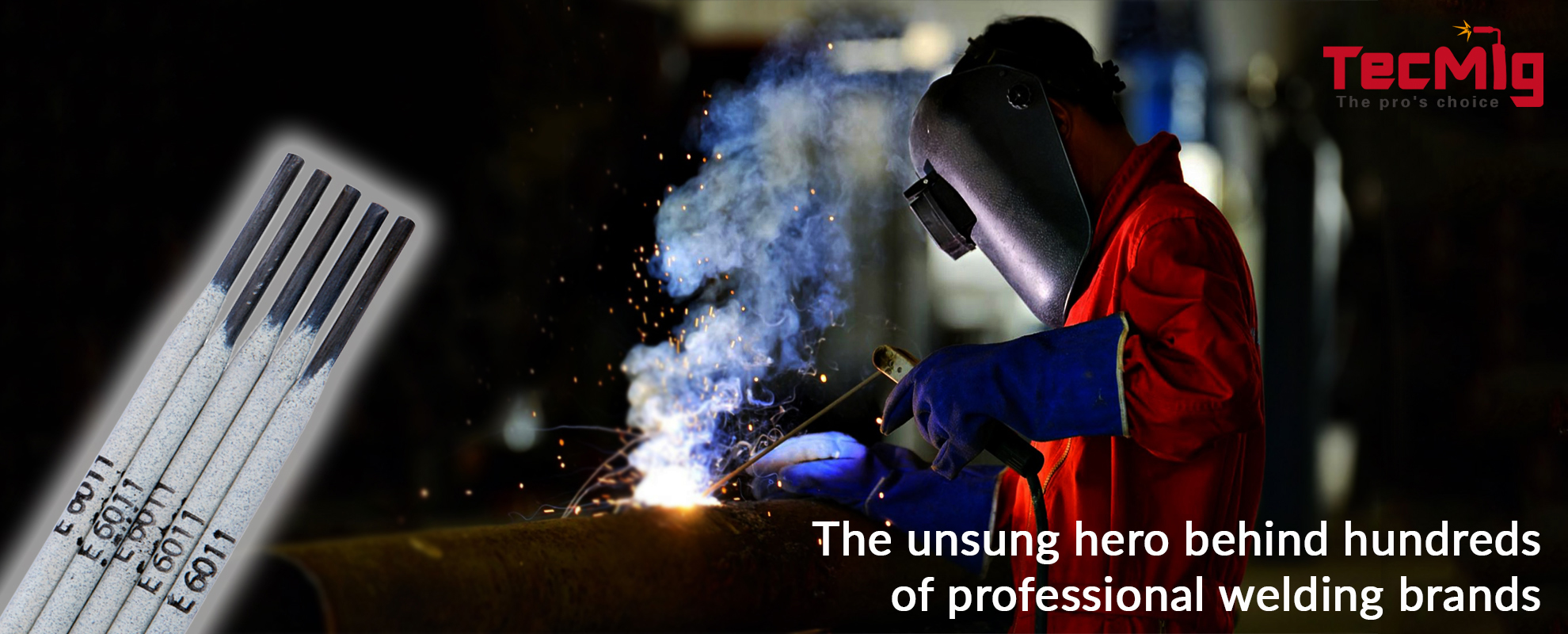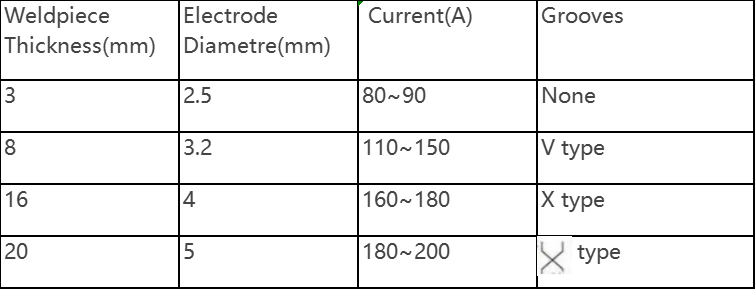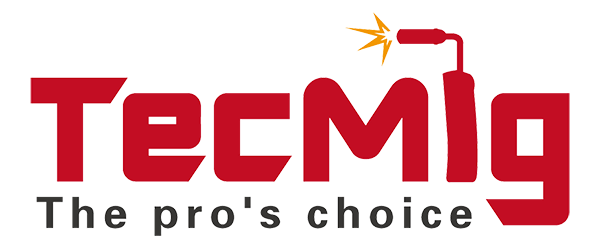
Key Points of Electrode Arc Welding Operation - Very Important
1. Preparation before welding
1) Select the welding rods of equal strength grade and appropriate rods diameter according to the strength grade of the structural steel to be welded and the joint types .
2). When the environment temperature is lower than 0°C, the carbon content of the steel is greater than 0.41%, the rigidity of the structural parts is too large, or the components are thick, preheating measures before welding should be adopted. The preheating temperature is 80°C to 100°C. The heating range is 5 times the plate thickness, but not less than 100mm.
3). In butt welding, when the thickness of the workpiece is greater than 6 mm , in order to ensure enough penetration and weld strength, you should cut a V-shaped or X-shaped groove on the butt edge of the plate, the groove angle α is 60°, and the blunt edge p=0~1 mm, the assembly gap b=0~1 mm, as shown in the pictures below.
When the plates thickness difference is ≥ 4 mm, the butt edge of the thicker plate should be chamfered, as shown in the figure.
4). Electrodes baking: Rutile type welding electrodes (E6013 for example) should be baked at 150℃×2 for 2 hours before welding; alloy type electrodes (E7018, E7015, etc) must be baked at 300~350℃×2 before welding and kept for 2 hours before use.
5). Before welding, burrs, oil, water, rust and other impurities must be removed from the weld pieces
6). If the margin at both ends of the plate seam is less than 50 mm, arc striking and arc extinguishing plates should be added at both ends before welding, and its specification is not less than 50×50 mm.
2. Selection of welding materials
1). First consider the matching of base metal strength grade and electrode strength grade and the welding characteristics of electrodes with different coating types.
2). Consider the working conditions of the weld pieces, low-hydrogen electrodes with good crack resistance and impact toughness should be selected for weld pieces under dynamic load, high stress or complex shape and high rigidity.
3). Under the premise of satisfying the weldability, iron powder electrodes with bigger diameter should be selected to improve welding production efficiency.
3. Welding parameters

1) The diameter of the electrode should be selected according to the thickness of the plate, and the welding current is determined by the electrodes dia., as shown in the table.
The above currents are only suitable in flat welding position. Welding currents should be reduced by 10-15% in vertical, horizontal and overhead welding; φ3.2 mm electrode should be selected for the bottom layer welding if the plates thickness is over16 mm, and the welding current in fillet welding should be slightly larger than that of butt welding.
2) In order to make the butt weld penetrate, smaller dia. electrodes should be selected for bottom layer welding than those for other layers welding.
3) For the welding of thick parts, the temperature between different layers should be strictly controlled ( under 150℃), and the welds of each layer should not be too wide, and multi-pass & multiple- layer welding should be considered.
4. After the front side of the butt weld is welded, carbon air gouging is used on the reverse side, and the back cover should be welded later.
4) Operation points
1. Low-hydrogen electrodes should be chosen in important structures welding. They must be dried at 300-350°C for 2 hours, kept in thermal barrel and used up within 4 hours at a time. Other electrodes should be kept in thermal barrels to keep off moisture too.
2. Adjust the welding current and select the polarity according to the diameter and type of the electrode, welding position, etc.
3. Under the premise of ensuring that the joint will not burst, the root weld bead should be as thin as possible. the
4. In multi-layer welding, the coating and spatter of the upper layer weld should be removed before the next layer welding. The thickness of each layer should not exceed 3-4mm.
5. When there is a preheating requirement for the work piece,multi-layer and multi-pass welding should be completed continuously as much as possible to ensure that the interlayer temperature is not lower than the minimum preheating temperature.
6. The low-hydrogen electrode should be welded with short-arc, and the reverse polarity connection of the DC power supply should be selected.
5. Weld quality requirements
1) A certain number of X-ray or ultrasonic internal inspections shall be carried out according to various design technical requirements for butt welds of important structures, and they shall be rated according to the grade specified in the design.
2) Exterior weld inspection: All structural welds should be inspected, and the appearance quality requirements of the welds are:
Weld beads are not allowed to be lower than the surface of the workpiece and cracks are not allowed, and lack of fusion is a defect.
All welding defects are allowed to be repaired, and should be smoothed after repairing.
When the structural material of the component is steel casting, it must be annealed at 550°C after welding to eliminate stress.




